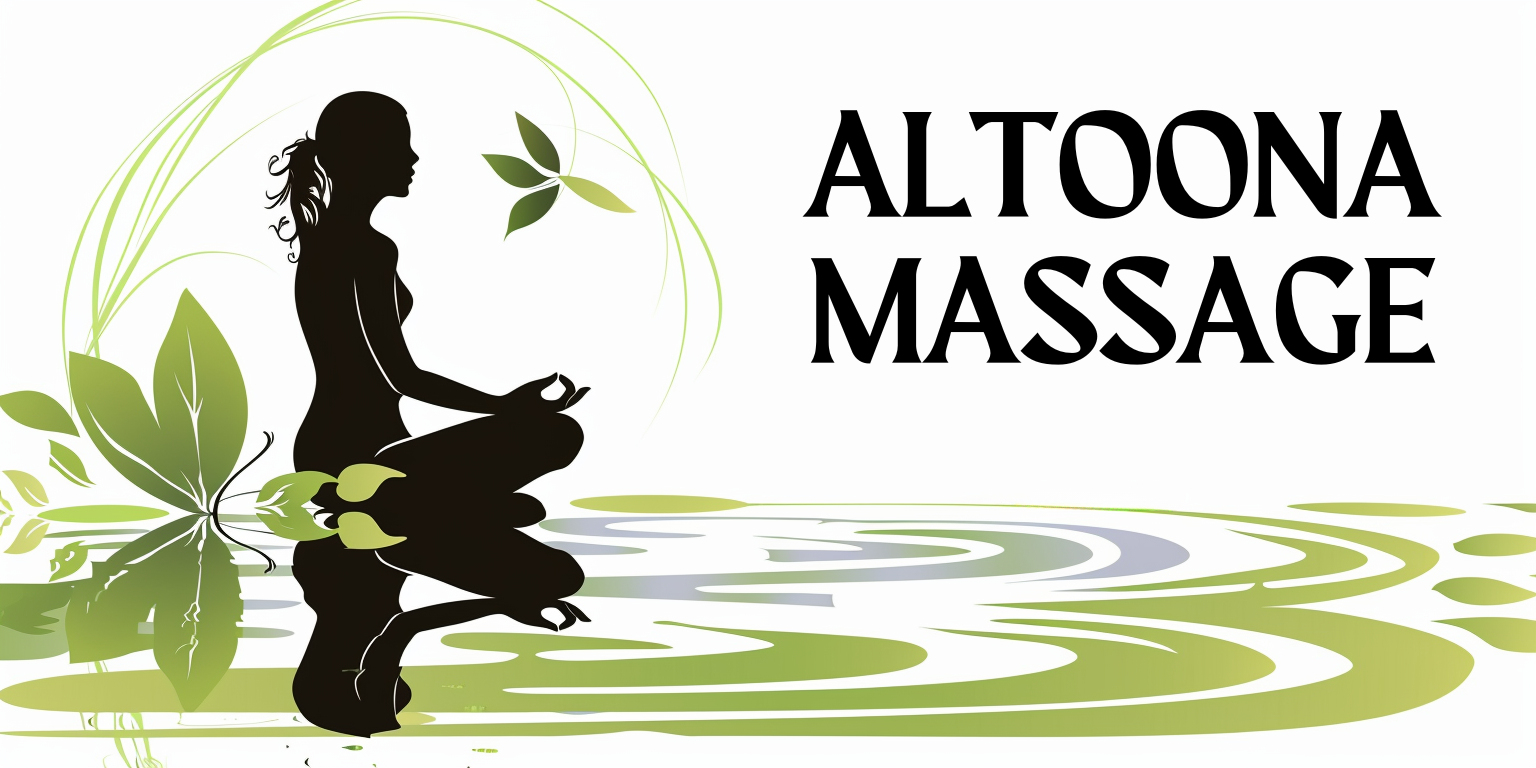Prenatal massage offers a multitude of benefits that can significantly enhance your pregnancy experience. As your body undergoes various changes, the physical and emotional toll can be overwhelming. Engaging in regular prenatal massage can help alleviate some of these challenges.
One of the most notable advantages is the reduction of stress and anxiety. The soothing touch of a skilled therapist can help you relax, promoting a sense of well-being that is essential during this transformative time. This relaxation not only benefits you but can also positively impact your baby, as stress reduction is linked to healthier fetal development.
In addition to emotional benefits, prenatal massage can also address physical discomforts that arise as your body adapts to carrying a growing baby. Many women experience back pain, swelling, and muscle tension during pregnancy. A well-executed massage can target these areas, providing relief and improving circulation.
Enhanced blood flow can lead to reduced swelling and improved nutrient delivery to both you and your baby. Furthermore, prenatal massage can help improve sleep quality, which is often disrupted during pregnancy due to discomfort or anxiety. By incorporating this practice into your routine, you may find yourself feeling more balanced and rejuvenated.
Key Takeaways
- Prenatal massage can help reduce stress, ease muscle tension, and improve overall prenatal health for expecting mothers.
- Safety precautions for prenatal massage include avoiding certain pressure points, using proper positioning, and seeking approval from a healthcare provider.
- Different prenatal massage techniques include Swedish massage, deep tissue massage, and reflexology, each offering unique benefits for pregnant women.
- Finding a qualified prenatal massage therapist involves seeking certification, experience with prenatal clients, and a comfortable and safe environment for the massage.
- Prenatal massage can help alleviate common pregnancy discomforts such as back pain, swelling, and insomnia, providing relief for expecting mothers.
Safety Precautions for Prenatal Massage
While the benefits of prenatal massage are numerous, it is crucial to prioritize safety when considering this therapy. Not all massage techniques are suitable for pregnant individuals, so understanding the precautions is essential. First and foremost, you should always consult with your healthcare provider before beginning any new treatment, including massage therapy.
They can provide guidance based on your specific health circumstances and any potential risks associated with your pregnancy. When seeking a prenatal massage, it is vital to ensure that the therapist is trained and experienced in working with pregnant clients. They should be knowledgeable about the anatomical changes that occur during pregnancy and how to adapt their techniques accordingly.
Additionally, certain positions may not be safe for you, especially in the later stages of pregnancy. A qualified therapist will know how to position you comfortably and safely, often using side-lying techniques or specialized cushions to support your body. By taking these precautions, you can enjoy the benefits of prenatal massage while minimizing any potential risks.
Different Prenatal Massage Techniques

There are several techniques used in prenatal massage, each designed to address specific needs and concerns during pregnancy. One popular method is Swedish massage, which employs long, flowing strokes to promote relaxation and improve circulation. This technique can be particularly beneficial for relieving tension in the back and shoulders, areas that often bear the brunt of pregnancy-related discomfort.
The gentle nature of Swedish massage makes it an excellent choice for those new to massage therapy. Another effective technique is deep tissue massage, which focuses on deeper layers of muscle and connective tissue. While this method can provide significant relief from chronic pain and tension, it is essential to approach it with caution during pregnancy.
A skilled therapist will know how to apply deep tissue techniques safely, ensuring that pressure is applied in a way that does not cause discomfort or harm. Additionally, some therapists may incorporate elements of acupressure or reflexology into their sessions, targeting specific pressure points that correspond to various bodily systems. These techniques can enhance relaxation and promote overall wellness during your pregnancy journey.
Finding a Qualified Prenatal Massage Therapist
Finding a qualified prenatal massage therapist is crucial for ensuring a safe and effective experience. Start by seeking recommendations from your healthcare provider or friends who have had positive experiences with prenatal massage. Online reviews and local directories can also be valuable resources in identifying therapists who specialize in this area.
When researching potential therapists, pay attention to their credentials and training in prenatal massage techniques. Once you have a shortlist of potential therapists, consider scheduling a consultation or an initial session to gauge their approach and comfort level. During this meeting, ask about their experience working with pregnant clients and their understanding of safety protocols.
A good therapist will take the time to discuss your specific needs and any concerns you may have regarding your pregnancy. Trust your instincts; feeling comfortable and safe with your therapist is paramount for a successful prenatal massage experience.
How Prenatal Massage Can Help with Common Pregnancy Discomforts
Pregnancy often brings about a range of discomforts that can be challenging to manage. Fortunately, prenatal massage can provide relief from many of these common issues. For instance, lower back pain is a prevalent complaint among pregnant women due to the added weight and changes in posture.
A skilled therapist can target the muscles in your back, helping to alleviate tension and improve alignment. This relief can make daily activities more manageable and enhance your overall quality of life during pregnancy. In addition to back pain, many women experience swelling in their legs and feet as their bodies retain more fluid.
Prenatal massage can stimulate lymphatic drainage, helping to reduce swelling and improve circulation throughout your body. This technique not only provides physical relief but also contributes to a sense of lightness and comfort. Furthermore, if you struggle with insomnia or anxiety during pregnancy, regular massages can promote relaxation and improve sleep quality by reducing stress hormones in your body.
Tips for Getting the Most Out of Your Prenatal Massage

To maximize the benefits of your prenatal massage experience, consider implementing a few simple tips. First, communicate openly with your therapist about any specific areas of discomfort or tension you are experiencing. This information will allow them to tailor the session to meet your needs effectively.
Additionally, don’t hesitate to express any preferences regarding pressure or techniques used during the massage; after all, this is your time to relax and rejuvenate. Creating a calming environment before your session can also enhance the experience. Arrive early to allow yourself time to unwind and settle into the space.
Consider bringing along items that help you feel comfortable, such as a favorite pillow or blanket. Finally, remember to hydrate before and after your massage; staying well-hydrated supports circulation and helps flush out toxins released during the session.
Incorporating Prenatal Massage into Your Birth Plan
As you prepare for childbirth, incorporating prenatal massage into your birth plan can be a valuable addition. Many women find that regular massages help them feel more connected to their bodies and better equipped to handle the physical demands of labor. Discussing this option with your healthcare provider can provide insights into how massage may complement other aspects of your birth plan.
You might also consider scheduling massages closer to your due date as a way to prepare for labor. Some therapists specialize in labor support techniques that can help ease contractions and promote relaxation during the birthing process. By including prenatal massage in your birth plan, you are taking proactive steps toward creating a positive birthing experience that prioritizes both your physical comfort and emotional well-being.
Prenatal Massage for High-Risk Pregnancies
For those experiencing high-risk pregnancies, prenatal massage can still offer benefits but requires extra caution and consideration. It is essential to work closely with your healthcare provider before engaging in any form of massage therapy. They may recommend specific modifications or precautions based on your unique situation.
When seeking a therapist for high-risk pregnancies, look for someone with specialized training in this area. They should be familiar with the potential complications associated with high-risk pregnancies and know how to adapt their techniques accordingly. Gentle approaches such as light touch or relaxation techniques may be more appropriate than deeper pressure methods in these cases.
Ultimately, prioritizing safety while still enjoying the benefits of prenatal massage can contribute positively to your overall pregnancy experience. In conclusion, prenatal massage offers numerous benefits that can enhance both physical comfort and emotional well-being during pregnancy. By understanding safety precautions, exploring different techniques, finding qualified therapists, and incorporating this practice into your birth plan, you can create a holistic approach to managing the challenges of pregnancy.
Whether you are dealing with common discomforts or navigating a high-risk situation, prenatal massage can be a valuable tool in supporting you throughout this incredible journey into motherhood.
FAQs
What is prenatal massage?
Prenatal massage is a type of massage therapy specifically designed for pregnant women. It focuses on addressing the unique needs and discomforts of expecting mothers, such as lower back pain, swelling, and stress.
What are the benefits of prenatal massage?
Prenatal massage can help reduce stress, alleviate muscle tension and discomfort, improve circulation, and promote overall relaxation. It can also help expecting mothers prepare for labor and delivery by addressing physical and emotional changes during pregnancy.
Are there any risks associated with prenatal massage?
When performed by a trained and certified prenatal massage therapist, prenatal massage is generally safe for most pregnant women. However, it is important for expecting mothers to consult with their healthcare provider before receiving prenatal massage, especially if they have certain medical conditions or pregnancy complications.
What are some common prenatal massage techniques?
Some common prenatal massage techniques include Swedish massage, which involves long, gliding strokes to promote relaxation and improve circulation, and lymphatic drainage massage, which focuses on reducing swelling and promoting lymph flow. Other techniques may include deep tissue massage, acupressure, and reflexology.
When is the best time to receive prenatal massage?
Prenatal massage can be received at any point during pregnancy, but many women find it most beneficial during the second and third trimesters when they may experience more physical discomfort. It is important to communicate with the massage therapist about any specific concerns or discomforts during the session.
